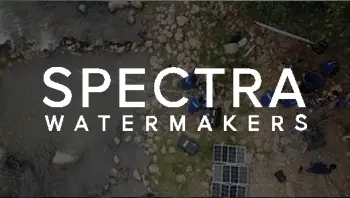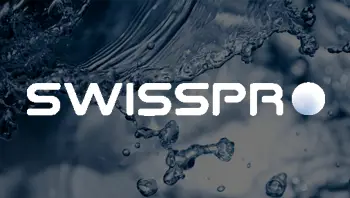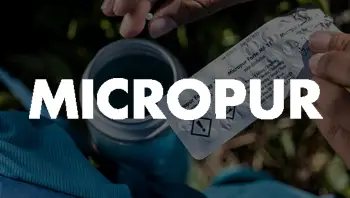Minerals or rocks containing substantial levels of strontium, which a chemical compound with the atomic number 38, are referred to as strontium-rich mineralized elements. The element strontium is a metallic substance that is soft and silvery-white that can be found in a variety of minerals and ores.
Mineralized elements containing strontium are of relevance due to their possible applications in a variety of industries. Strontium can be derived from minerals high in strontium, including celestine and strontianite.
Application:
Strontium has a variety of applications, including:
- Fireworks: Strontium is widely used to give a vivid red color in fireworks.
- Therapeutic application: Strontium has been employed in medicinal applications, including osteoporosis treatment. Strontium has been shown to boost bone development and density, which makes it a viable treatment for bone diseases.
- Electronics: The element strontium is used to make ferrite magnets that are employed in a variety of electronic applications such as televisions and computers.
- Glass manufacture: Strontium is employed in glass production to improve the optical qualities of the glass.
Benefits:
Strontium-rich elements may provide numerous advantages, including:
- Strontium has been demonstrated to promote bone strength and density, which makes it a viable treatment for osteoarthritis and other bone-related illnesses.
- Improved magnetic properties: The element strontium is used to make ferromagnetic magnets, which are employed in a variety of electronic applications. Magnets’ magnetic characteristics can be improved by introducing strontium to them.
- Environmental remediation potential: Because strontium can be used to remove radioactive elements from water and soil, it has the potential to be useful for remediation of the environment.
Process Of Extracting Strontium Rich Elements:
The following steps are commonly included in the extraction of strontium-rich elements:
- Mining: The first stage is to search for and extract strontium-rich materials or ore from the outermost layer of the earth.
- Crushing and grinding: After crushing, the minerals are then crushed into a fine powder.
- Leaching: To extract the strontium, the powdered materials are combined using a chemical solvent, commonly sulfuric acid (H2SO4). The acid destroys the strontium within the minerals, producing a solution rich in strontium ions (Sr2+) along with additional contaminants
- Purification: After that, the strontium mixture is refined to remove contaminants including magnesium, calcium, and iron. This is normally accomplished through the use of ion exchange processes or solvent extraction procedures.
- Precipitation: The filtered strontium mixture follows treatment using a chemical reagent, which commonly sodium hydroxide, to precipitate it.
- Calcination: After the strontium carbonate solution is calcined (heated in air), strontium oxide (SrO) is produced.
- Reduction: In a high-temperature furnace, strontium oxide undergoes reduction with aluminum metal to yield elemental strontium metal.
Article: QL-7107







